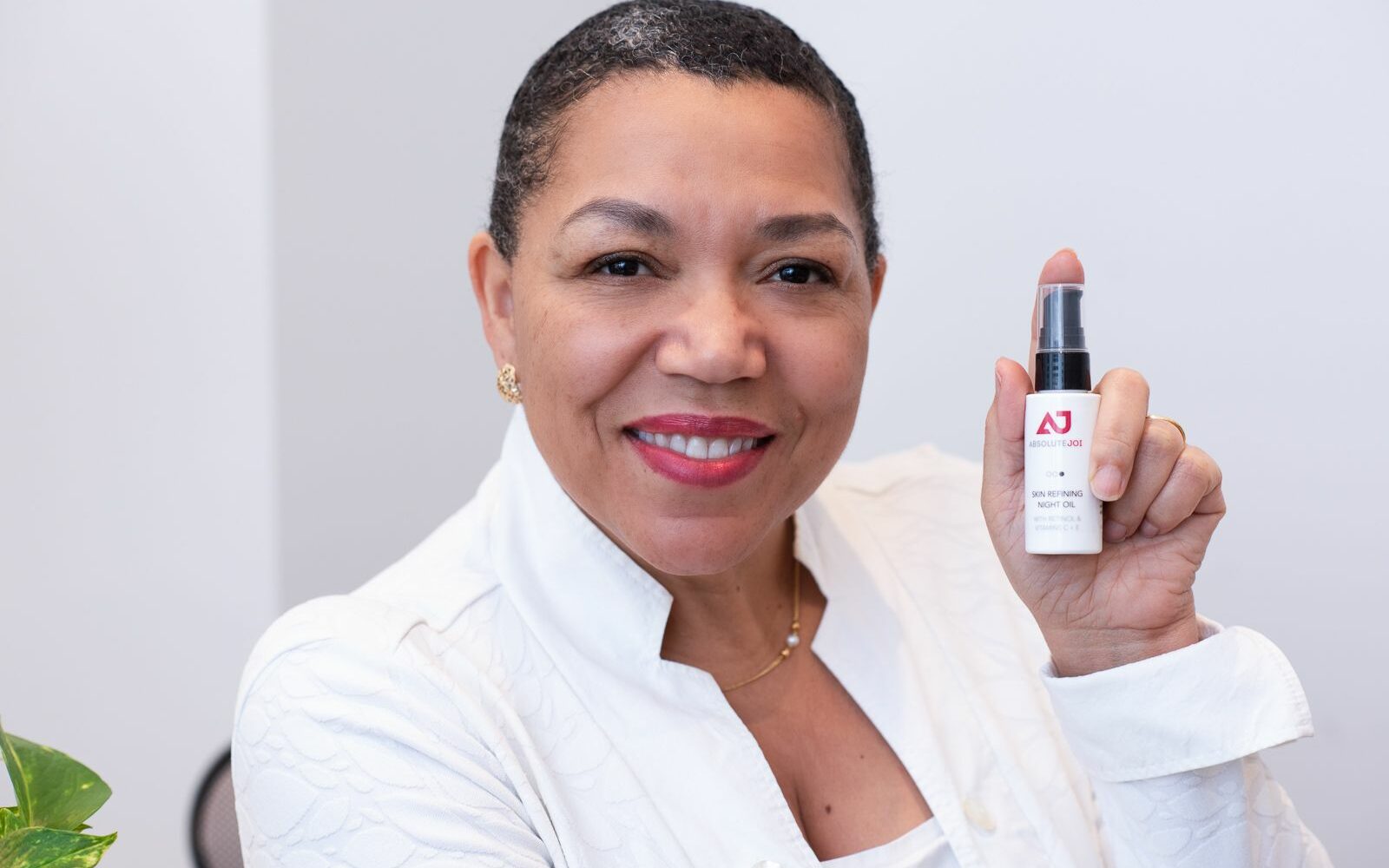
AbsoluteJOI’s Anne Beal On Glossier’s Grant, Application Processes And The Changes Still Needed To Support Black-Owned Brands
During the racial reckoning that occurred last year, hundreds of companies across industries scrambled to make pledges, offer grants and create opportunities for BIPOC employees. In the beauty industry, Glossier launched a $500,000 grant program to assist Black-owned businesses with capital, Tower 28 introduced the Clean Beauty Summer School to support the growth of emerging Black-owned beauty startups, and Sephora refreshed its annual Accelerate program to focus on brands by people of color and bring them into its selection.
Out of nearly 10,000 applicants, the skincare brand AbsoluteJOI was one of 16 brands that received a grant from Glossier. Others announced in September 2020 include Eadem, Pound Cake, Wavy Blue, Brown Girl Jane and Flaunt Body. AbsoluteJOI has also won a grant from iFundWomen and conducted a crowdfunding campaign via FundBlackFounders. Ahead, the brand’s founder Anne Beal discusses her experience being a Glossier grant awardee, the improvements that should be made to racial equity initiatives, how she’s going about growing her company and the unmet needs of women of color.
The application process for each is different. One of the things I liked about the Glossier process was it involved two steps. The first was fairly easy to apply, and they used that to determine who would go to the next level of review. The next level of review took more time from us, but it was worth it because we knew we were in a group of finalists. I think accelerators and grants should pay attention to the amount of time required to apply to their programs. They should make it easy to apply, then use that first assessment to screen out businesses they know they don’t want to fund. They can ask a smaller pool of applicants for more detailed information.
Most of them ask, “What’s your business? What’s your business story?” I think what they’re really trying to discern is, what is it that makes you different in the market, and what is it that is new and exciting about your particular brand? I don’t have to tell you how competitive the beauty business is. Every new brand has to have a particular view that makes them stand out. If you have a face oil, what makes it different from the other 50 that are on the market or available on Amazon? It could be an ingredient story, it could be an origin story. It could be any number of things, but there has to be absolute clarity as to why you are unique and, then, lean into that.
For AbsoluteJOI, we’re a scientifically backed clean beauty brand for people with melanin-rich skin over the age of 35. In general, this is an underappreciated market in beauty, and few are addressing the unique anti-aging needs of people with melanin-rich skin. The concept for AbsoluteJOI came from my own experience trying to find anti-aging products for my skin, plus the experience of my daughters who wanted great products to address their needs while caring for extremely sensitive skin. As a result, we understand our customers because we are our customers.
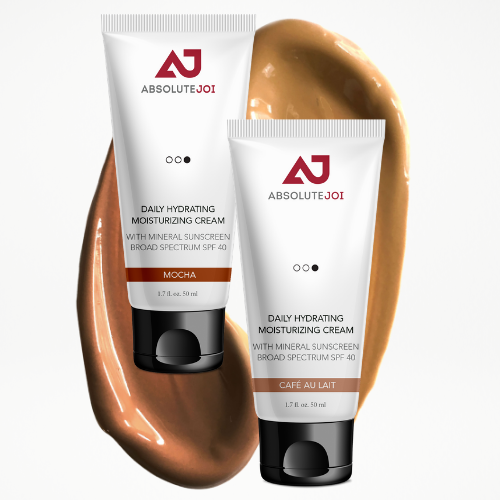
Even though these programs are considered a grant, I’ve approached all of them as if it was an investment. So, people want to know: What are you going to do with that investment? Do you have a very specific plan for what it is that you are going to do? I was very clear that a huge part of what I was working on was marketing. Marketing is quite a spend. The money from Glossier really went to that. It helped me both with digital marketing as well as PR. I was quite clear that that’s where it was going to go, with a small portion going for more inventory. There was also branding for the brand. Those were all things that I was able to do, and I spent the money as planned.
Most of the programs I’ve been involved with usually have another component where they are providing support, mentorship and engagement with senior executives in the beauty business. I think they’re also looking to see if you’re able to really fully leverage that and learn from the exposure and experience that they’re willing to offer. I think where Glossier was really good is they asked us, what’s your biggest challenge? I’m a physician, so I have a scientific background. I know my formulas inside out, and have the training to understand the needs of the skin and to interpret studies to select the best ingredients.
I know that my weakness is in marketing and creative. Marketing gets customers to buy our products the first time, while the quality of our formulas gets them to buy our products the second time. We have a repeat customer rate that is three times higher than the industry norm, so I know our formulations are working for our customers. To grow our brand, we need to invest in marketing to have people try our products for the first time. So, I very specifically want to be connected with the creative department and marketing because those are my areas of weakness. They were very generous with not only giving us access, but helping us set a time with everybody.
I would say the biggest value to most of these programs is actually the cohort of entrepreneurs that they create. You get to tap into others who are going through the same journey that you are and ask questions. They can be basic questions such as: How did you negotiate X deal with your retailer? Can anybody share a good Instagram person? There’s any number of different things that we tap into. I think a huge value to it is actually the community that comes about as a result of working with other grantees. I think it’s important for entrepreneurs who have not yet received one of these awards to recognize that you can build a community without an award, whether it’s finding people in Clubhouse or applying to these awards or attending pitch contests or even attending a Beauty Independent webinar and starting conversations in the chats. I would advise building a community around you of other entrepreneurs.
My school of thought when it comes to applying for grants is that I have time for everything that’s out there. This is from my days when I was in academic medicine. Everybody thinks about those amazing scientists who win all these grants, but no one talks about the fact that you have to apply for five in order to get one. So, I’m applying the same thinking that, in order for me to get that one award, I should have a mindset that I need to apply for five. In some ways, it’s a numbers game. It’s like that old lotto saying, “You have to be in it to win it.”
“In order for me to get that one award, I should have a mindset that I need to apply for five. In some ways, it’s a numbers game.”
Unfortunately, there’s just so much need out there. People have great ideas, and there are a lot of people who see opportunity, but there’s not a lot of capital. For organizations like iFundWomen, this is a big part of what they’re trying to address is the profound inequities for women and particularly women of color in terms of access to capital. I also think we need more women and people of color VCs to be in decision-making positions. People tend to invest in individuals as much as they invest in companies, and it is easier to invest in people who look like themselves. Part of that is they assume certain levels of competency for different people.
There have been studies that show that VCs ask women to review all the ways their companies can fail, while they ask men all the ways their companies can succeed. There are inherent biases in those questions that reflect underlining assumptions about the person standing in front of you. But, the truth is, studies show that diverse companies, companies founded by women, companies founded by more mature founders tend to be more successful. Despite the evidence of what works, those are some of the groups of founders who are least likely to get funded. Further, I think investors in venture funds need to ask their VC managers why they are not investing in groups with demonstrated increased likelihood of success. If those investors started to ask, I am sure we might see some changes in behavior.
I’m currently raising an equity funding round, and I’m about 75% to my goal of $500,000. Right now, what we’re working on for the brand is stabilizing our supply chain by diversifying the number and types of suppliers that we have. In addition, one of my goals for 2022 is for us to be in a major retailer. So, part of what we’ve done to prepare for that is some rebranding for the brand. While I am a physician, I wanted to really be in the background and, to be honest, that’s just stupid from a marketing perspective. We’re rebranding AbsoluteJOI to be AbsoluteJOI by Dr. Anne, and we’re changing the look and feel to really underscore the science and the clinical backing of the brand. This year is also really focused on growing our communities, increasing our sales, and bringing on people who can help with the work that needs to be done.
In terms of retail partners, I have learned that you need to follow the numbers. Whole Foods used to be on our dream list, and I love Whole Foods. However, what I’ve observed and learned is that brands that are in Whole Foods are no place else. It’s a great place to be, but, in terms of the path and your growth, you don’t see Whole Food brands in Sephora or in Ulta or any number of different places. It’s its own ecosystem. And, frankly, we also did some focus groups and surveys with our target customer, and she doesn’t really go to Whole Foods for the discovery of skincare products. Now, I’m really thinking about it in terms of a masstige brand. Where can we really position ourselves well to deliver high quality at a reasonable cost to really position us for mass distribution? And that’s part of the learning curve. There may be stores that you kind of turn your nose up and you’re like, “Wow, there’s a lot of them,” but maybe it wouldn’t be so bad.
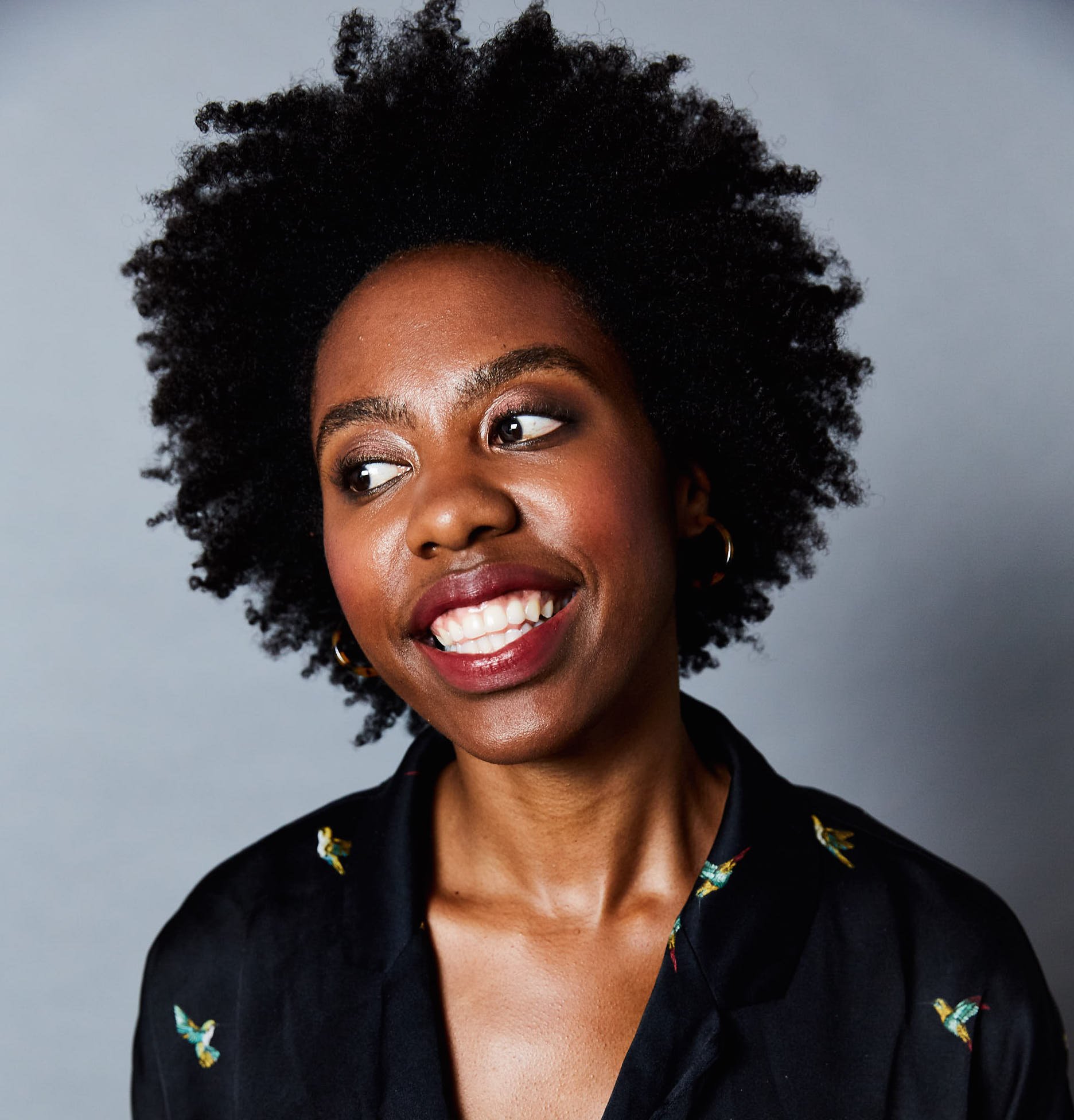
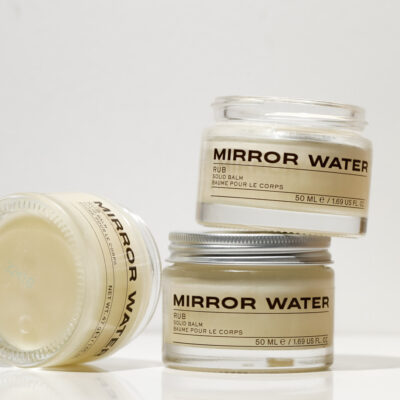

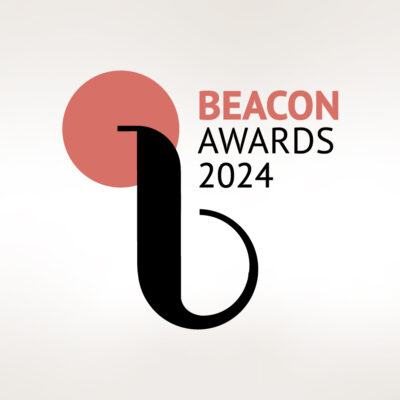
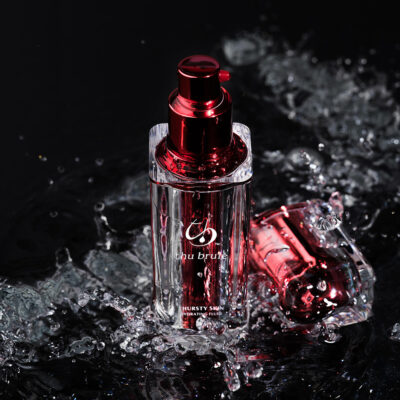
Leave a Reply
You must be logged in to post a comment.